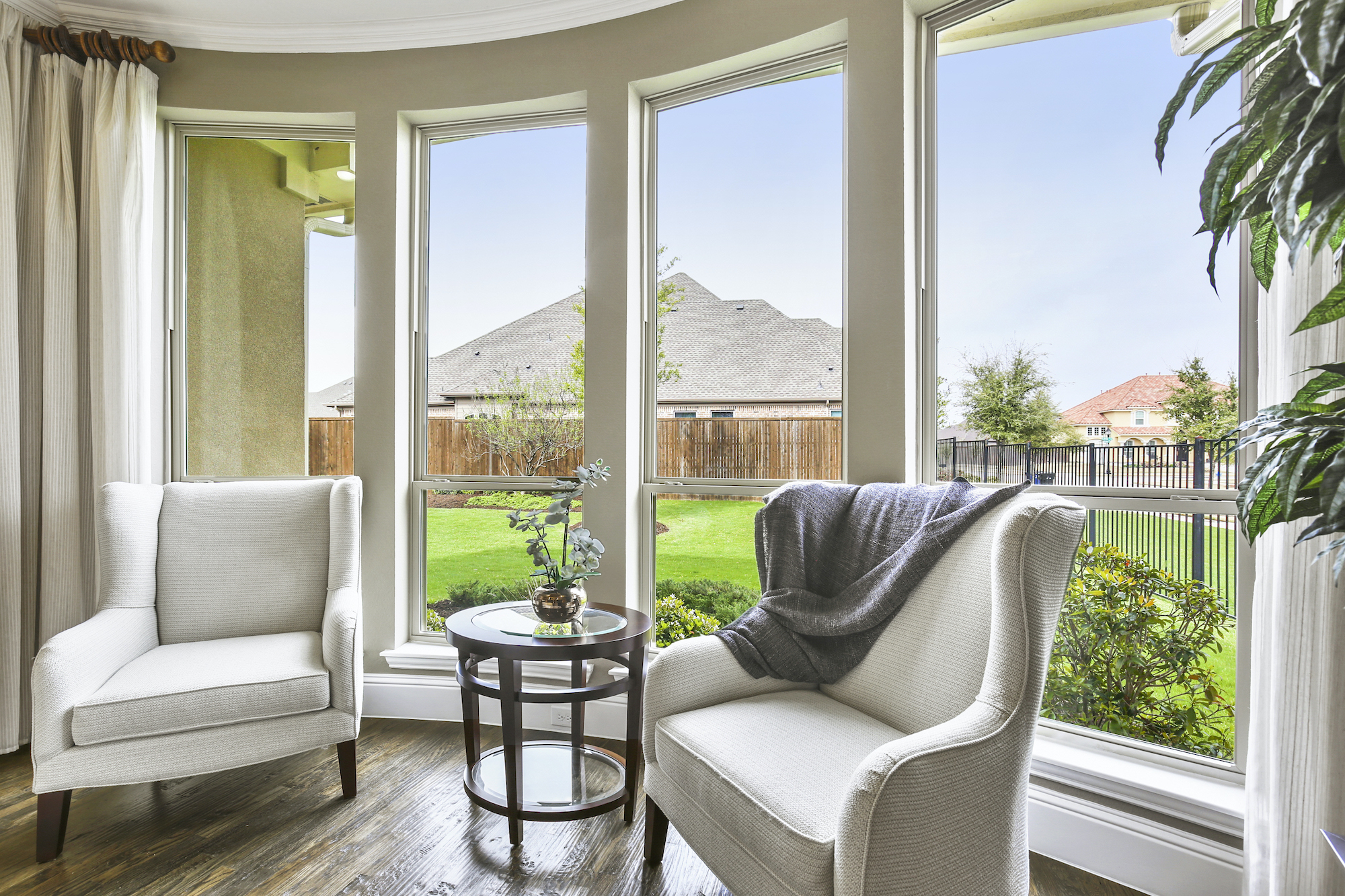As homeowners seek greater energy efficiency throughout their homes, low-E glass has practically become a standard offering for many building pros. In fact, one report forecast demand for low-E glass to increase 5.4% from 2019 to 2024 across the building and automotive industries.
In simplest terms, low-E (low-emissivity) glass is a metal coating, such as silver, on one or more layers. This coating blocks both long-wave and short-wave radiant heat while still allowing light the penetrate. This means it helps limit heat gain through the window in the summer, reducing the strain on the air conditioning system; this is measured by its solar heat gain coefficient (SHGC). The lower the SHGC, the better the performance. The coating also helps lower the U-factor, which measures the rate of heat transfer (heat loss during winter, heat gain in summer); the lower the U-factor, the greater the window’s resistance to heat flow and the better its insulating properties.

These features also can increase comfort. By lowering the solar heat gain coefficient, low-E glass allows you to sit next to the window in the summertime without feeling too hot.
And because coatings typically block some level of UV rays, they often can help prevent fading of furniture, carpeting, and artwork.
As with any building material, features and benefits can vary from product to product and brand to brand. In fact, low-E glass can even be specified by region by utilizing different layers of coating. As the National Fenestration Rating Council explains, homes in the North, where keeping radiant heat inside during the winter is most important, often have two coating layers; in the South, where blocking radiant heat during the summer is the primary goal, some manufacturers now offer low-E windows with three coating layers.
For example, most Boral Windows come with Cardinal LoE3-366 glass, which features three layers of silver to block solar gain and reflect heat. At the same time, it allows ample light to penetrate, with 66% visible light transmission (clear glass has 85% light transmission). This glass also blocks 95% of UV rays to protect against fading.
LoE3-366 is suitable for any U.S. climate, and is the only low-E glass to meet Energy Star qualifications in all four climate zones, providing superior insulating value in the north and solar control everywhere else.
Watch this video to see how LoE3-366 restricts UV rays while allowing light in:
Low-E glass also can be insulated with an argon gas fill in the empty space between the two panes of glass. This not only provides additional energy savings, similar to a home’s wall insulation, it can protect the space from forming condensation, which could tarnish the metal coating of the glass.
Ready to learn more? Check out Cardinal’s LoE3-366 information page.


